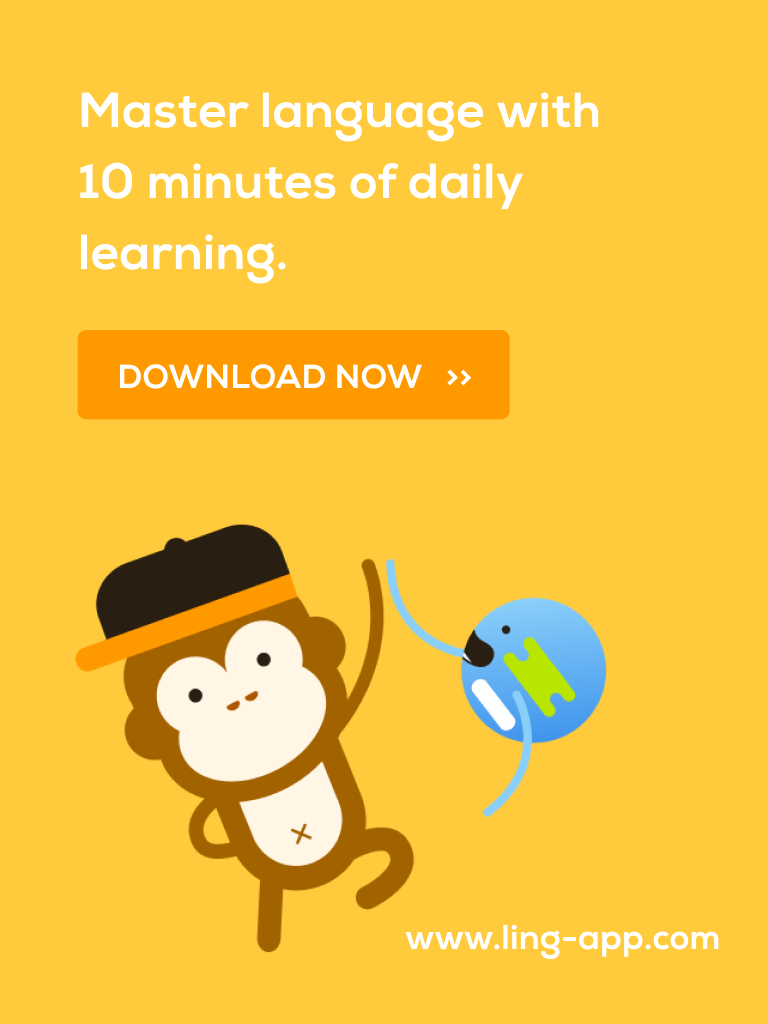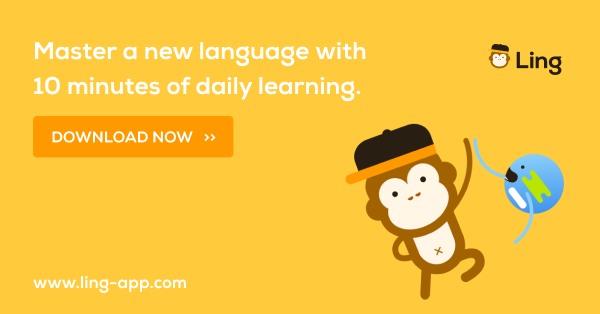How to Assess Your Language Learning Resources
Embarking on a language-learning journey is both thrilling and daunting. With many resources available, pinpointing what genuinely aligns with your goals can feel like searching for a needle in a haystack. This article breaks down essential steps to evaluate your motivation, assess resources, and create a personalized learning plan.
Contents
- Key Takeaways:
- Identifying Your Learning Goals
- Evaluating Language Learning Resources
- Types of Language Learning Resources
- Personalizing Your Learning Plan
- Tracking Your Progress
- Stay Motivated and Consistent
- Frequently Asked Questions
- How can I assess my language learning resources?
- How do I determine the credibility of a language learning resource?
- Why is relevance important?
- How can I assess the level of difficulty of a language learning resource?
- What should I look for in terms of variety of content?
- What are some common red flags to look out for?
Key Takeaways:
- Identify your learning goals and understand your needs to choose the right resources.
- Evaluate resources based on quality, relevance, and effectiveness.
- Personalize your learning plan by combining various resources for optimal results. Track your progress to measure improvement and make necessary adjustments.
Identifying Your Learning Goals
Identifying your language goals is crucial for your fluency journey. Clearly outline your objectives, such as improving conversation or vocabulary. Setting clear goals helps independent learners pick tools suited to their styles and cultures, enriching their language learning experience with tips for maximizing your language learning toolbox.
Understanding Your Motivation and Needs
Explore what drives you whether a love for culture, travel dreams, or academic ambitions. Understanding your motivations enhances the relevance of the resources you choose and contributes to a more engaging experience.
Evaluating Language Learning Resources
Evaluating language learning resources is essential to ensure you have effective tools that align with your goals. Carefully assess various materials, such as courses and multimedia, to find what resonates with you. A thoughtful evaluation can elevate your learning journey and lead to enjoyable study sessions.
Criteria for Assessing Resources
Establish clear criteria to ensure materials fit your needs. Key factors to consider include:
- Content relevance
- Feedback quality
- Effectiveness in enhancing language skills
Relevance ensures materials are suitable for your age, interests, and skill levels. Quality feedback helps track progress and highlights areas for improvement, nurturing a growth mindset. For instance, quizzes that adapt to performance can boost motivation. Additionally, knowing how to choose the right language learning resource can further enhance your journey. Using interactive apps can transform learning into a dynamic experience, making skill acquisition both effective and enjoyable.
Types of Language Learning Resources
You ll find a variety of language learning resources at your fingertips. Each resource is tailored to different learning styles and preferences.
Whether you prefer traditional language books and grammar guides or are drawn to innovative apps and online courses, these resources offer engaging options that can elevate your learning experience.
Understanding each resource’s strengths can help you choose the right language learning tool that fits your personal learning path.
Books, Apps, Classes, and More
Books, apps, classes, and other tools are cornerstones of your language learning journey, each with distinct advantages. Language books provide in-depth understanding of nuances, while apps offer interactive features for vocabulary practice and pronunciation guidance. Online tutoring offers personalized feedback, further enhancing your overall experience.
Each resource shapes your learning. For instance, while books provide a solid foundation in grammar and structure, they may lack the immediacy of interactive scenarios. On the other hand, language apps create real-time engagement but might not cover everything comprehensively. To enhance your studies, consider how to utilize local language resources for study.
Structured learning platforms excel at connecting materials and providing vibrant language communities. These communities not only support your learning but also create practice opportunities, enriching your experience.
Personalizing Your Learning Plan
Creating a personalized learning plan helps you succeed in learning a new language. It enables you to blend resources that align with your individual learning styles and preferences.
By using a language habit toolkit, you can integrate various resources like apps, books, and the best language learning resources online to establish a structured approach. This keeps you engaged and fuels your motivation as you navigate the exciting journey of language learning.
Combining Resources for Optimal Results
Using different resources helps you build an effective learning strategy that addresses vocabulary, grammar, and cultural nuances. By utilizing self-directed resources alongside interactive options, you can enjoy engaging challenges that stimulate your learning and enhance your fluency.
Incorporating a mix of apps, traditional books, and online courses allows you to harness each format’s strengths. Apps often provide engaging exercises and instant feedback, while books offer in-depth explanations. Online courses typically introduce structured learning paths that keep you on track.
This mixed approach caters to your unique learning style and keeps you motivated. It encourages you to explore context and usage, ultimately enriching your overall experience.
Tracking Your Progress
Tracking your progress is vital. It lets you see your improvement and adjust your strategies as needed.
Incorporating various language assessments provides valuable feedback about your strengths and weaknesses. This insight directs your ongoing growth and enhances your proficiency.
Measuring Improvement and Adjusting Your Plan
Measuring improvement over time helps you determine the effectiveness of your chosen resources and strategies. By regularly conducting assessments, you can identify areas that need enhancement and adjust your learning plan accordingly, ensuring it aligns with your needs and leads to tangible progress.
Self-assessments can be a game-changer. They enable you to reflect on your understanding and gauge your comfort level with specific skills.
Structured assessments, like standardized tests, provide objective measures of your proficiency. By analyzing these results, you can pinpoint areas requiring further attention and adapt your learning approach.
Effective resources tailored to your identified weaknesses can streamline your process, ensuring your time and effort focus on the most impactful strategies.
Stay Motivated and Consistent
Motivation and consistency are key for achieving long-term success and fluency in a new language.
By integrating inspiring resources and enjoyable activities, you can build positive habits that keep you engaged.
Tips for Keeping Your Momentum
Staying motivated in language learning can be challenging. With the right strategies, you can remain engaged and excited.
Join vibrant language communities to find enjoyable challenges. These connections foster camaraderie and support, enhancing your journey.
Connecting with fellow learners opens doors to exchanging ideas and celebrating milestones. Join groups on social media or attend local meetups to practice conversational skills.
Engaging with multimedia like podcasts, videos, and apps keeps your experience fresh. Set small, achievable goals, and regularly assess your progress for a sense of accomplishment.
Embracing these connections enriches your path toward mastering a new language.
Frequently Asked Questions
How can I assess my language learning resources?
Evaluate resources based on credibility, relevance, difficulty, and content variety.
How do I determine the credibility of a language learning resource?
Check the credentials of the author or organization. Read reviews and testimonials, and look for reputable sources cited.
Why is relevance important?
Relevance ensures resources align with your goals, saving you time and maximizing your experience.
How can I assess the level of difficulty of a language learning resource?
Read through the material and check the target audience or recommended proficiency level. Look for supplemental support or explanations provided.
What should I look for in terms of variety of content?
Seek a balance of listening, speaking, reading, and writing activities. Exposure to different topics, accents, and cultural contexts is also vital.
What are some common red flags to look out for?
Watch for outdated information, inaccuracies, and lack of organization. Limited or repetitive content can also raise concerns.



